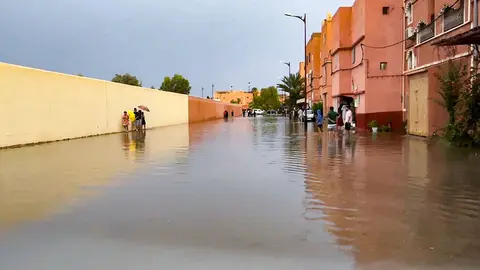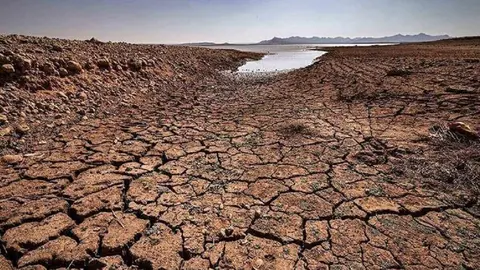Morocco earmarks 40 million dirhams in aid following floods
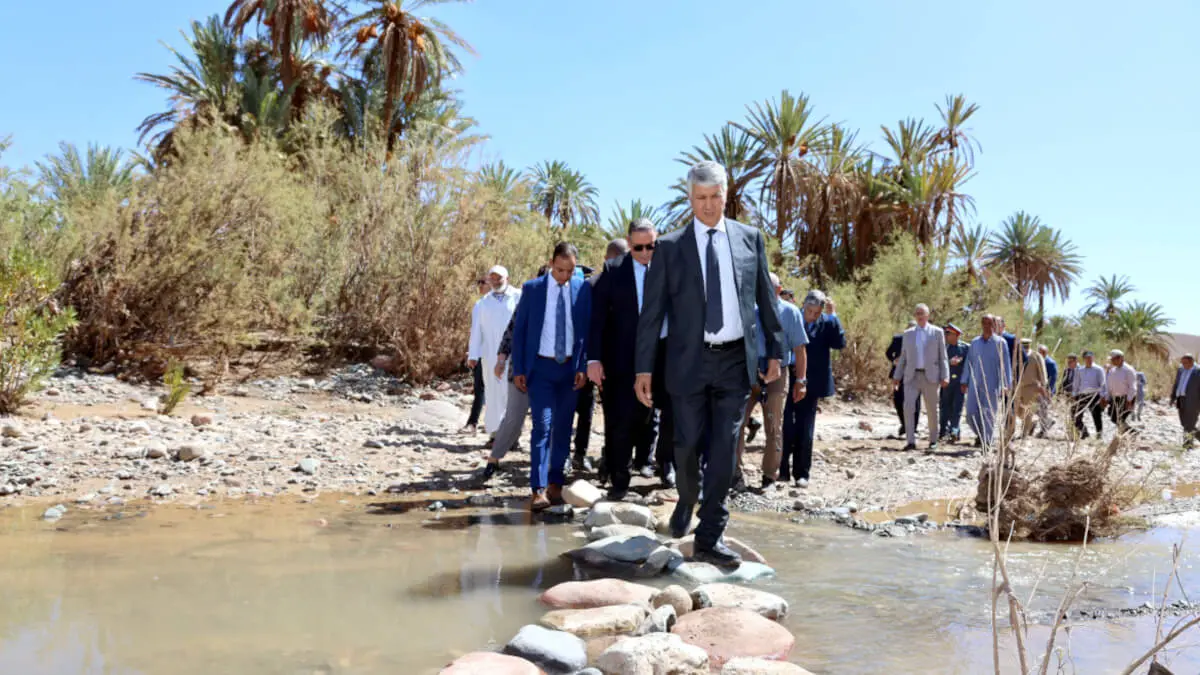
Morocco's Minister of Agriculture, Maritime Fisheries, Rural Development and Water and Forestry, Mohamed Sadiki, visited the affected areas on Tuesday afternoon with the owners of some of the farms most affected by the floods, which left 18 people dead, including a Spanish woman who died in a traffic accident as a result of the torrential rains, and a dozen missing.
It was in the province of Ouarzazate, the hardest hit by last weekend's storms, that the delegation headed by Sadiki met with the governor of the province of Ouarzazate, the president of the Drâa-Tafilalet region, the president of the Regional Chamber of Agriculture, and a large delegation of ministry officials.
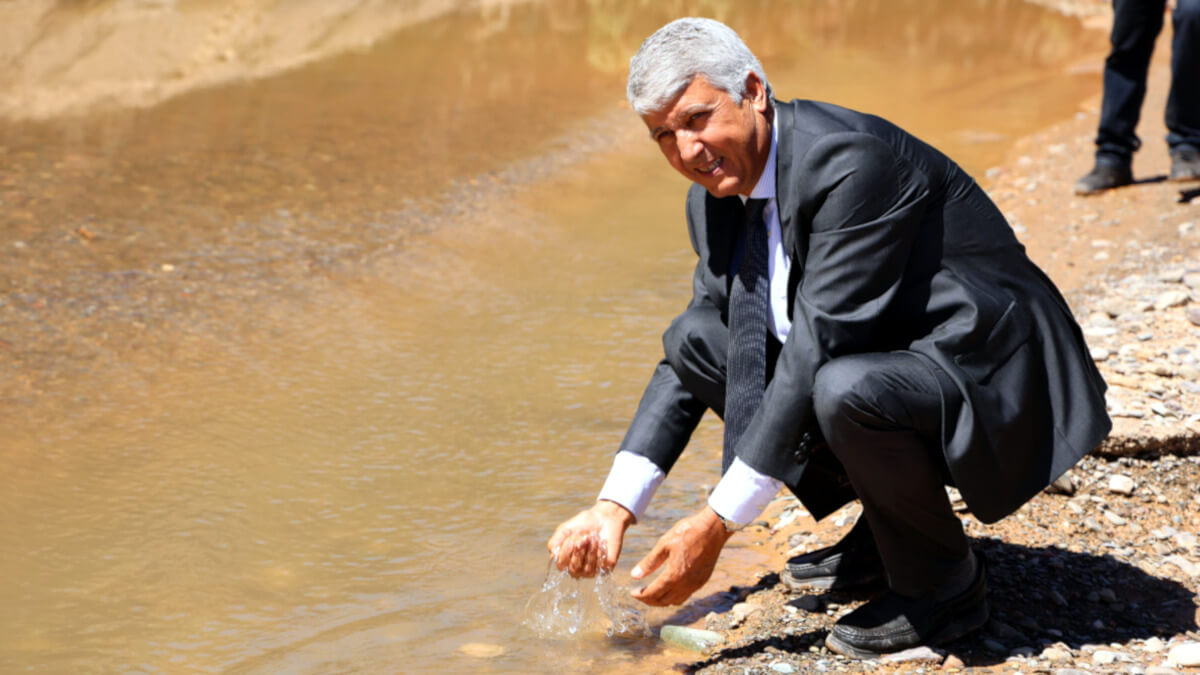
Following the visit, Sadiki's team drew up an aid plan with an initial amount of 40 million dirhams. The aim of the aid will be to rehabilitate infrastructure, revive agricultural activities and support the affected population.
This package is part of the Green Generation strategy, the Department of Agriculture's new plan for the 2024-2025 season, which for the first time will include the use of artificial intelligence in crops, new fertilisers and seeds, better water management and more funding.
The floods damaged crops, water sources and agricultural infrastructure on farms located on the outskirts of the wadis in the provinces of Ouarzazate, Tinghir, Errachidia, Midelt and Zagora. Although the consequences have not yet been fully assessed, the executive said that the aid will be updated as the damage is assessed more accurately.
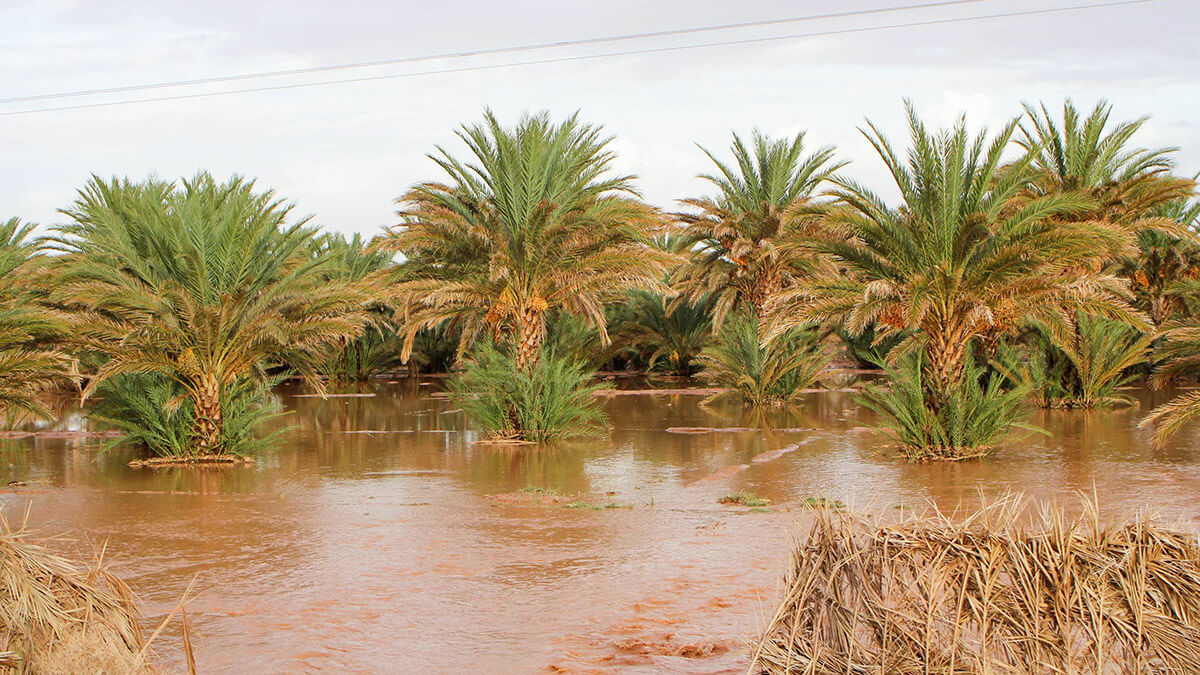
The expedition focused on Oum Rman, in the territorial commune of Ghessate, where the damage was most noticeable, particularly to irrigation channels, protection walls, siphons, fruit trees, notably olive trees, fig trees, date palms and all types of annual crops. The losses, according to those affected, are 90%.
اللهم غيثا نافعا يا رب العالمين..
— Leɛyun 🇲🇦 ۞ (@5_ersito) September 11, 2024
من إقليم فكيك 🇲🇦
حمولة تاريخية و كبيرة جدا😯
تستمر الأمطار بغزارة في تالسينت فكيك، مصحوبة بأصوات الرعد و ومضات البرق.
المياه الجارفة تصل الى بعض المنازل بحي إقرداس تالسينت اقليم فكيك جراء الحمولة الكبيرة للواد 🌧️⚡️⛔️
السلامة للجميع ان شاء الله pic.twitter.com/UB9Z074kvd
As a result, the floods caused damage to fruit trees (date palms, apple trees, olive trees, fig trees, etc.), as well as to maize, vegetable and fodder crops. Damage to water and agricultural infrastructure throughout the region included the destruction of 29.7 kilometres of irrigation canals, 6 kilometres of rural roads, hydro-mechanical equipment, solar power equipment and pumping stations.
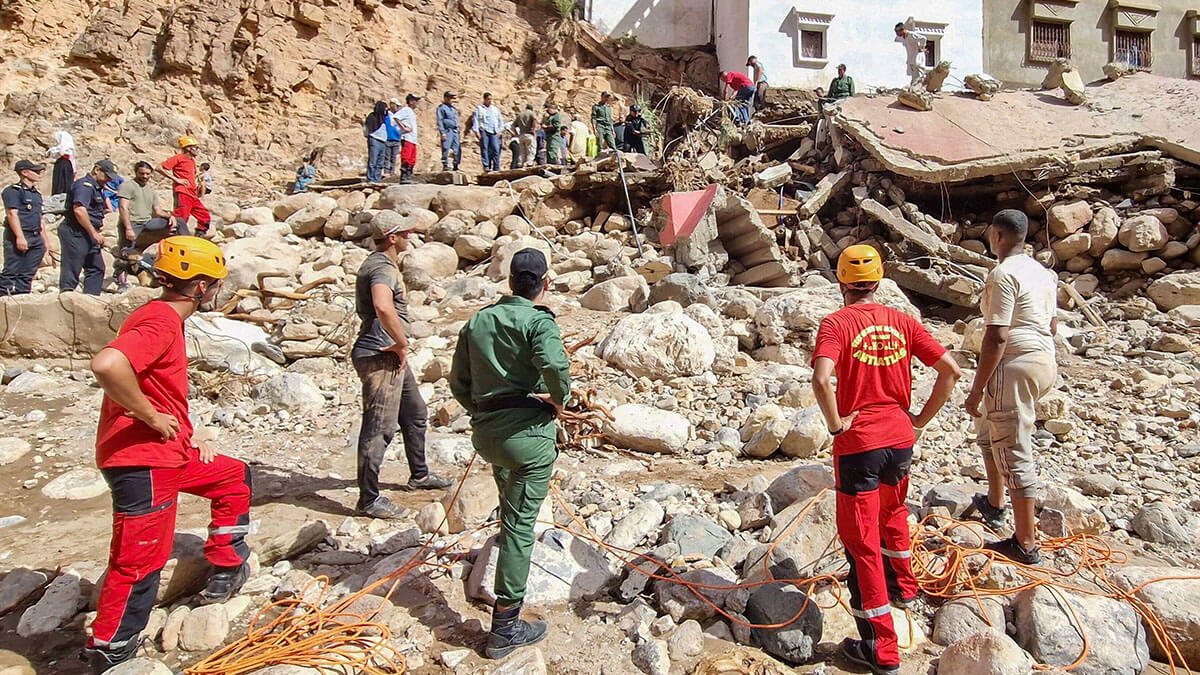
Morocco's dams the only beneficiaries of the floods
Despite the catastrophe, the floods have added more than 263 million cubic metres to the reservoirs, according to the Ministry of Equipment and Water. The amount of water that fell between Friday and Sunday was enough to supply the city of Casablanca for several days.
Beyond the damage, the situation of the Mansour Eddahbi, Moulay Ali Chif, Agdez, Kaddoussa and Hassan Addakhil dams improved considerably, demonstrating the great importance and impact of Morocco's hydrographic plan.
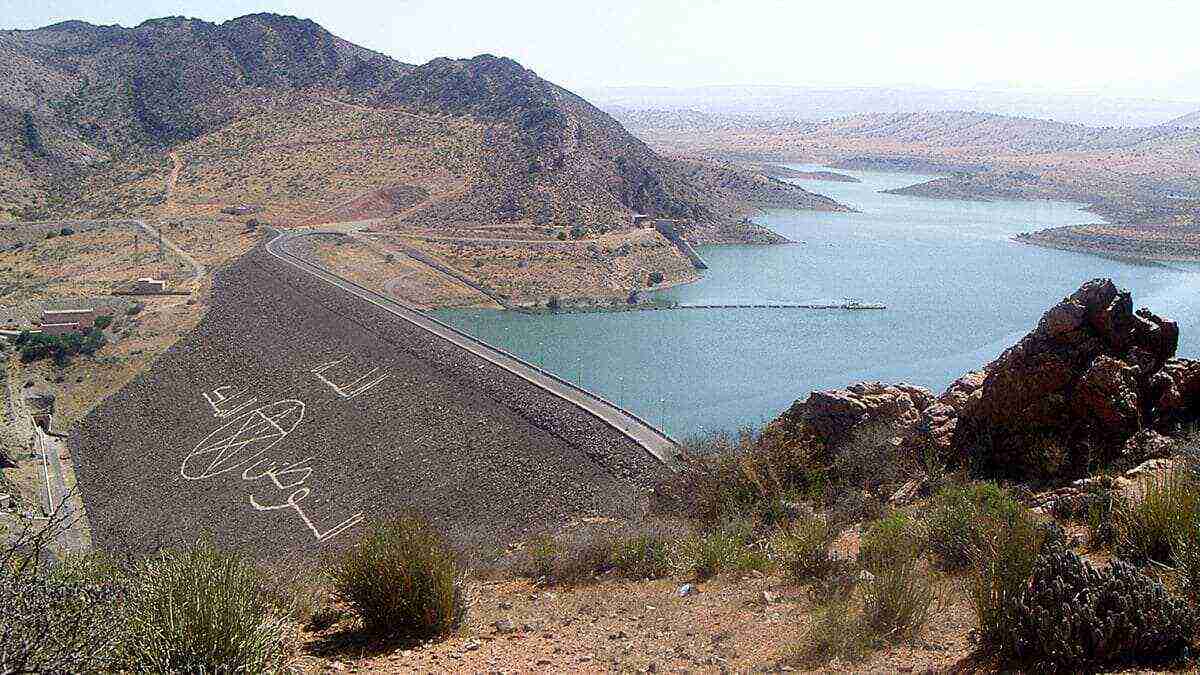
The dams, far from serving as water storage, protect ecosystems in times of adverse weather conditions. The water reserves accumulated in the dams in and around the region mitigated the consequences of a catastrophic disaster.
After the severe drought that predicted a filling level lower than that of 2023 (26.7%), the torrential rains of last weekend have left the basins of 6 of the 10 dams in the country at 27.9%, exceeding expectations by more than 3 points, according to sources from the Ministry of Equipment and Water.

In particular, the most benefited basins were those of Draa Oued Noun and, in particular, the Mansour Eddahbi dam, near Ouarzazate. These dams received more than 63 million cubic metres of water, 23% of the total water that fell during the storms, increasing filling levels by 69% more than last year.
Next are the dams in the Guir-Ziz-Rheris basin in the Errachidia region. With more than 60 million cubic metres of water, the basin increased its filling capacity by more than 50 per cent over the previous year.

The list is completed by the Oum Er Rbiaa water basin, namely the Bin El Ouidane dam, and the dams of the Moulouya water basin in the north-east of the country with 40 million cubic metres between them; the Souss Massa basins with 14.7 million; and the Sebou basin with 12 million.
Despite the increase in the filling levels of the dams, Morocco is still experiencing serious drought problems. It is expected that, until levels above 35% of fullness are reached, the dilemma will remain.
In the meantime, the administration's measures will continue, especially in terms of saving water, making good use of water and urging the population to avoid wasting it. Although these rains have contributed and helped, relying on exceptional phenomena to solve the problem is not the solution.

